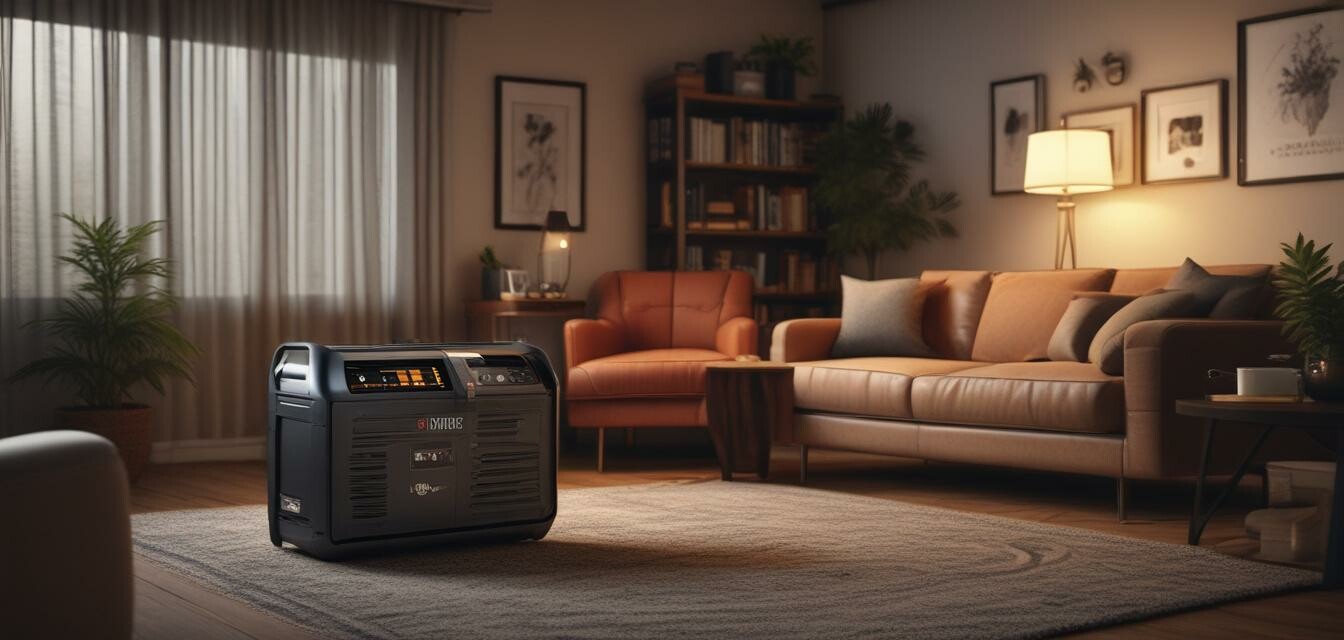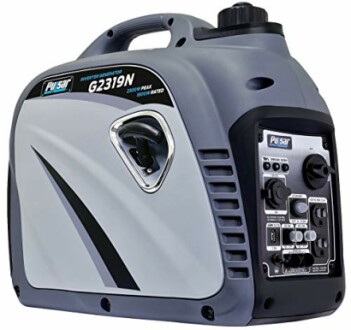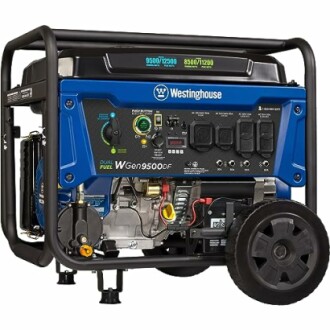
Creating a Portable Generator Plan for Your Home
Key Takeaways
- Assess power needs and select the right portable generator for your home's requirements.
- Understand safety precautions for generator use to prevent accidents.
- Plan for regular maintenance to ensure optimal performance during emergencies.
- Consider installation logistics, including fuel storage and access points.
- Prepare an emergency contact list to be used during power outages.
In today's unpredictable world, having a reliable source of emergency power is essential. Whether it's for natural disasters or unexpected outages, a portable generator can provide peace of mind. This article will outline practical tips for developing a strategic plan for using a portable generator in your home, covering setup, safety considerations, and maintenance routines.
Assess Your Power Needs
Before purchasing a portable generator, it's crucial to assess your power needs. Determine which devices and appliances you want to keep running during a power outage. Here’s a brief overview of common household items and their approximate wattage requirements:
| Device | Wattage Requirement |
|---|---|
| Refrigerator | 600-800 watts |
| Lighting (per bulb) | 60 watts |
| Television | 100-400 watts |
| Heating/Cooling system | 1500-5000 watts |
| Power tools | 600-1500 watts |
After identifying your essential devices, total their wattage requirements to ensure the generator you choose can support them.
Choosing the Right Portable Generator
When it comes to selecting a portable generator, consider the following options:
Pros
- Flexibility to use for various applications (home, camping, tailgating).
- Different fuel options available, including gas and propane.
- Portable designs allow for easy transport and storage.
Cons
- Requires regular maintenance and fuel management.
- Limited power capacity for larger appliances.
- Noise during operation can be an issue in quiet neighborhoods.
Featured Portable Generators to Consider
Pulsar 2,300W Portable Gas-Powered Quiet Inverter Generator
Powerful and portable, this generator offers up to 4.8 hours of runtime and is ideal for camping trips and small appliances.
Learn MoreWestinghouse 12500 Watt Dual Fuel Generator
This generator operates on gas or propane, providing up to 12 hours of run time and is ready to power your home during outages.
Learn MoreSetup Considerations
Proper setup is critical for safety and efficiency. Consider these steps for ideal installation:
- Select an outdoor location away from doors and windows to allow for fumes to dissipate.
- Use a transfer switch to connect the generator to your home’s electrical panel safely.
- Always have an adequate fuel supply stored safely in approved containers, ensuring you're compliant with local regulations.
Safety Precautions
Safety is paramount when using a portable generator. Follow these safety protocols:
- Never operate the generator indoors or in enclosed spaces.
- Keep it dry; avoid using the generator during rain without adequate protection.
- Store fuel safely and securely, away from heat sources.
- Ensure proper grounding and electrical safety protocols are followed.
Maintenance Routines
Regular maintenance will ensure your generator is ready when needed:
- Change the oil regularly as specified in the user manual.
- Check and replace air filters and spark plugs periodically.
- Test the generator monthly to confirm it operates properly.
- Clean the exterior regularly to avoid wear and tear.
Emergency Preparedness Planning
In addition to the technical aspects of using a portable generator, it’s essential to create a comprehensive emergency preparedness plan:
- Prepare a list of emergency contacts and resources, such as local service providers for power restoration.
- Communicate your generator plan with family members and ensure everyone understands how to operate it.
- Develop a routine practice in setting up the generator to build familiarity in case of an emergency.
Conclusion
Creating a portable generator plan is not just about having a generator on hand; it's about understanding how to use it effectively and safely. By assessing your power needs, choosing the right model, and ensuring safe and proper setup, you can feel prepared for any power outage.


